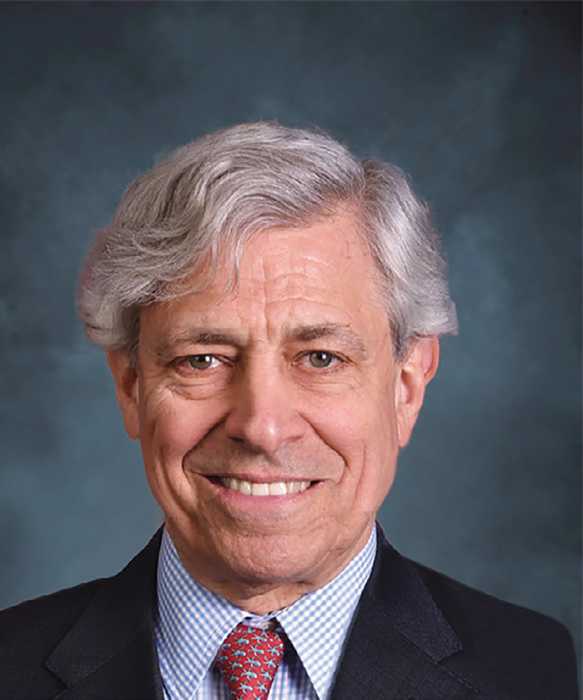Concetta Anne Bencivenga has been director of the New York Transit Museum since January 2017. She guided the institution through an 18-month pandemic closure and has steered the organization through its successful recovery. A seasoned nonprofit executive, Bencivenga holds a bachelor’s in history from Loyola University in Baltimore, MD and a master’s of public affairs from the Lyndon B. Johnson School at the University of Texas at Austin. A Manhattan resident, she takes the subway.
Why did you pursue a career in transportation?
I’m a museum professional with an advanced degree in public policy. I feel fortunate to get to work at the intersection of arts, culture and government. The Transit Museum is a fantastic and beloved New York institution that shares the past, present and future impact of transportation. You experience New York the way you do because of mass transit. Many folks just don’t know it – and those are the stories we get to tell.
What is your favorite travel experience?
In 1994, upon completing my Peace Corps service in Thailand, I decided to return to the US via the Trans-Siberian Railroad (through Manchuria). Eight days and seven nights after departing Beijing we pulled into Yaroslavl Station in Moscow. Post Glasnost/Perestroika Russia was just re-emerging. It was an incredible time to be there. Epic trip and, unbeknownst to me, a harbinger for things to come!
What transportation improvement would you like to see completed in the future?
I’m excited for all of it but if forced to pick – I’d go with the bus system re-designs for Brooklyn and Queens. Today’s routes are almost identical to the trolley routes from more than a century ago that were established to take people from the crowded downtown to the country (Greenwood Cemetery!) While New Yorkers notoriously don’t like change, we also don’t live *or commute* like we did in the late 1800s.
What is your preferred method of transportation?
Mass. And again, if forced to choose – I’d say rail. Some members of my extended family have been commuting on the LIRR since 1927 and I’m on the subway every single day. Moreover, the impact of rail on the history of the United States generally, and how the commuter rail and subway system changed New York specifically are truly seismic.


















